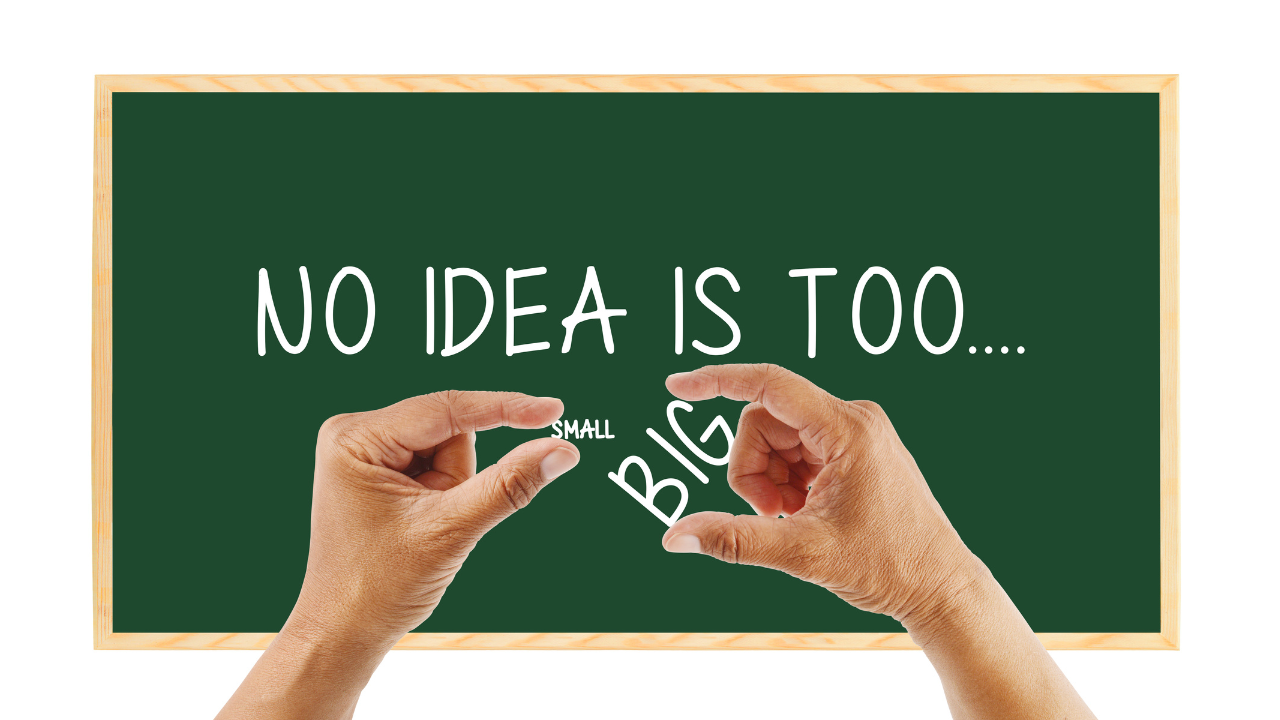Skimping on the Training Puts your CMMS Project at Risk
Kris Bagadia
Training for users of a computerized maintenance management system (CMMS) is a multiple-phase process.
There are three areas of training needs:
1) Basic training: Make sure people who will operate the CMMS are familiar with computer basics and the operating system. If not, provide them with basic training so they are ready for CMMS application training.
2) Application (CMMS) training: This can be done in two different phases, initial training to get the system up and running and advanced training after spending a period of time with the CMMS. Long training (five to 10 days) is not recommended since most people forget the majority of the items learned. Timing of the training should be kept in mind. Don’t train too early in the day. Training should be coordinated with implementation. Trainees should leave the class and use what they have learned immediately.
3) Internal training: You also need to train CMMS users with internal processes. This is often ignored in most CMMS implementation projects. Your software vendor will only train you on how the CMMS application works. You have to do the internal training yourself. Take, for instance, equipment numbering scheme. CMMS users should be trained on numbering schemes to avoid erroneous data entry. Another good example is inventory part description. If part description data entry is not consistent, you will find a corrupt inventory database after a while. Work order data entry is another example. Descriptions such as “machine down” or “doesn’t work”, followed by a repair description of “done” or “fixed”, will not give you meaningful history. Therefore, proper and consistent job description training is important.
General training guidelines
- Be sure that every trainee is given enough help to become comfortable and confident in what he or she is doing. Even a small shortage of needed training can cause an employee to backslide, lose confidence and eventually cause project failure. The new system cannot afford that. All personnel who will use the CMMS, or maintain it or oversee its operation, should be included in the training process.
- Accept any and all training support from your vendor. You may wish to contract with your vendor for additional training support or follow-up training programs or services. Remember, while the training initially may seem like an expensive proposition, in the long run, it will not only prove beneficial, but very cost effective.
- Training should be an ongoing process. New users should receive the full course, while current users should take refreshers as needed or desired. This continuity will accommodate the inevitable personnel changes and system evolutions that will occur over the life of the system. As users leave, their replacements must be trained as thoroughly as if they had been original users. This need is frequently overlooked!
- During the training process, the newly installed CMMS can be checked thoroughly to assure that it works as planned. Feedback from trainees should be recorded and analyzed to assist in evaluating system performance and potential modification. Action on trainee responses will not only result in system refinements, but will improve the general acceptance of the CMMS.
Kris Bagadia
Related Articles

Too Small for a CMMS? Think Again

The Role of Information Technology in Plant Reliability

The Future of CMMS





